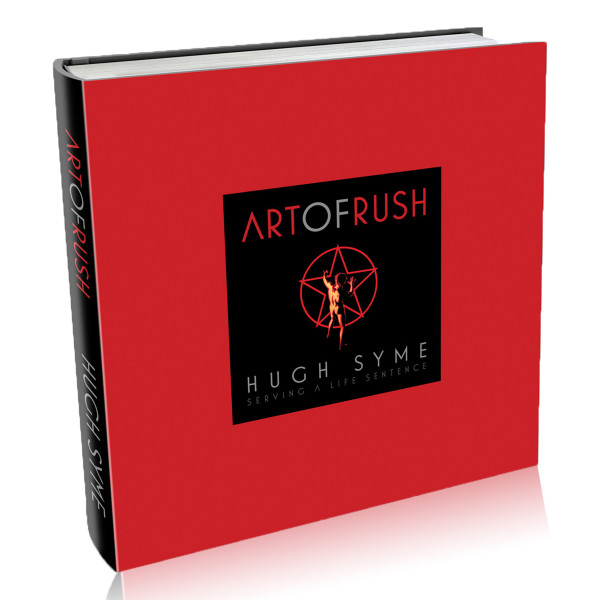
Really dig the contrast in tones and textures thanks to concrete and wood in this house in Sri Lanka. The lines and angles are nice as well. I especially appreciate the joints where the wood and concrete meet.

Really dig the contrast in tones and textures thanks to concrete and wood in this house in Sri Lanka. The lines and angles are nice as well. I especially appreciate the joints where the wood and concrete meet.

When I was in art class in 7th grade I used to hang out with this ‘heavy metal kid’ – not because I was into heavy metal per se, but because I was good at hand-drawn band logos. We bonded over our versions of Iron Maiden’s unique workmark. One day I mentioned I played drums and he asked if I’d heard Rush. When I replied in the negative he said I had to hear Exit..Stage Left – the drum solo was nuts. Some time later I bought the cassette and indeed, it was nuts, and I became an enthusiastic fan of the band.
I’ve been a steady fan since then, an appreciation that progressed from drumming and the music quickly into drummer Neil Peart’s lyrics and imagery. Peart’s lyrics in no small way introduced me to themes and ideas pertaining to philosophy, morality, perception, our state as beings in the world – and the importance of thinking on such things. I’ve followed their music and evolution from my young adult years, into middle age, into – whatever age I’m in now, and in many ways they have been one of only a few constants over time – their music has always been a component of my life. In addition I’ve always enjoyed their liner notes and album artwork and the fact that it was always well executed and relevant to the album contents.
Around 2008 – after working for several years as graphic designer, I moved to Atlantic Canada when I landed a gig working for Goose Lane Editions as a graphic artist and book designer. There I was fortunate enough to do the design and layout for Bob Mersereau’s book, The Top 100 Canadian Albums – which features two Rush albums, Moving Pictures at #9, and 2112 at #17 – and which also sparked an interest and appreciation for book design which I retain to this day. The only downside was having the author, Bob, tease me with tales of getting to talk to Neil on the phone for a sidebar of the book that he was responsible for, ‘The Top 10 Canadian Drummers.’
Sometime later I sent a goofy, fan-boy letter to Neil thanking him for all the music, memories and wisdom over the years – along with a few other books I’d worked on that I thought he would enjoy – expecting nothing in return. He very kindly replied with an autographed postcard out of the blue one day.
Seeing all of these intertwining interests and threads I’ve developed over the years combined into one – what no doubt is a very well done – package is something I look forward to enjoying in the future.
The Art of Rush is a 272 page coffee table book that delves into the 40 year relationship with Rush and their longtime artist and illustrator Hugh Syme. The stunning book begins with a foreword penned by Neil Peart, and contains original illustrations, paintings, photography, and the incredible stories behind each album that he has designed with the band since 1975.
rushbackstage.com
My buddy and fellow cyclist Geoff Williams (gewilli to his peeps) has a side gig going on posting artwork from Electron Microscopes. Fascinating stuff. He recently had a print exhibition at the Chazan Gallery in Rhode Island. Check him out on instagram and twitter. I hear he plays a mean fiddle as well.
From the Gallery Exhibition Website:
For over 20 years Geoff Williams has been honing his craft as an electron microscopist. Each image that he collects is an expression of his sensibilities. The dynamic interplay of shape and grayscale values speaks to him. From that first image Williams collected on a scanning electron microscope (SEM) until now, he has been consistently striving to master a technique that engages this scientific tool towards a goal of sharing this world through his personal lense.
Williams’ images provide a tactile and striking view of samples we may or may not encounter in our day-to-day lives. These samples can come from very diverse sources, from food to tiny fragments of the custom bicycle making process, to broken or discarded bits. Williams strives to present them as inspiring visuals, hoping to draw in and engage the audience in a way that is not possible in any other expressive form. The unique three dimensionality of these SEM works has the potential to decouple any a priori connection a viewer might have, while at the same time fostering a powerful de novo relationship to the subjects.